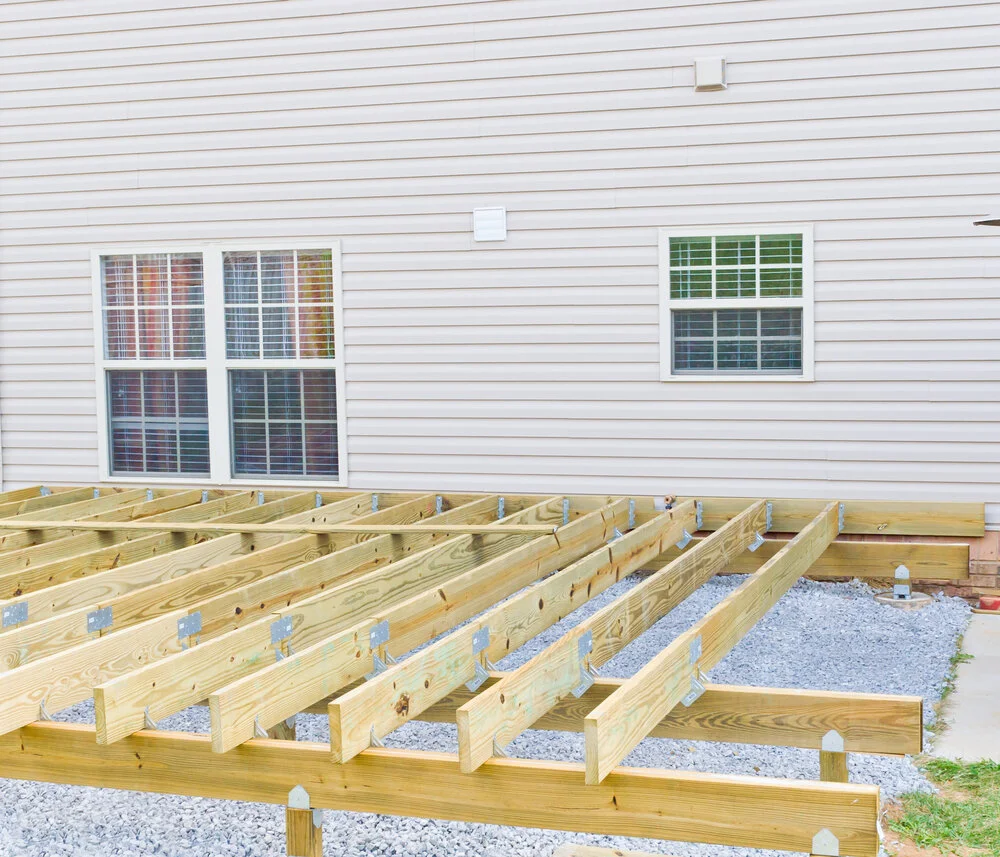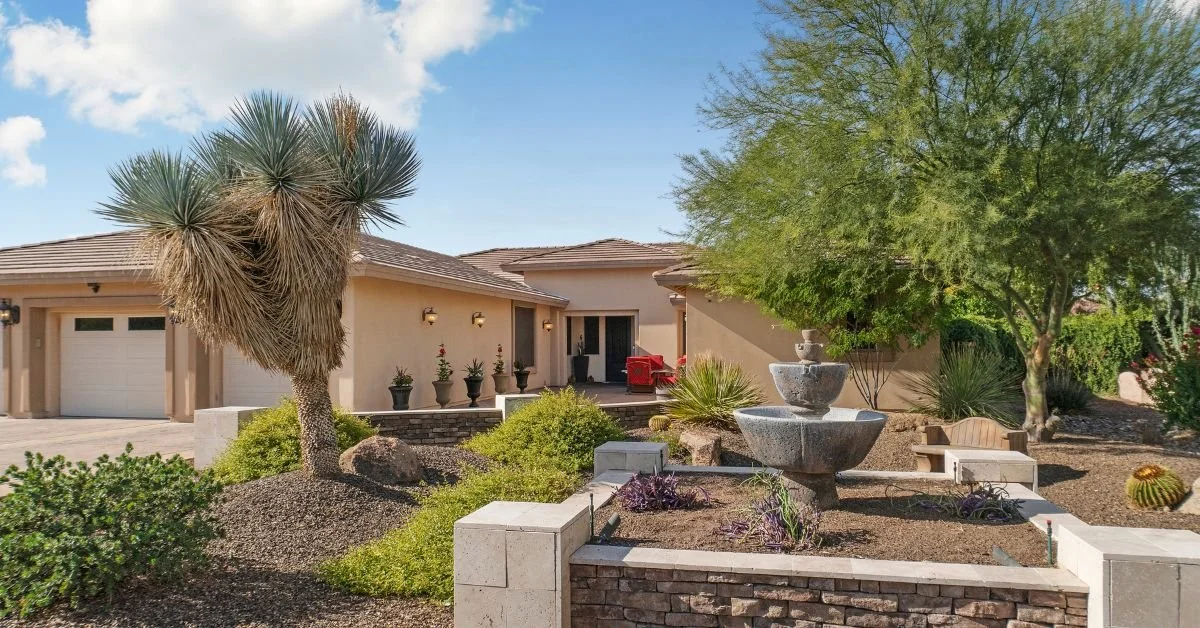5 Tools for Building Your Wood Deck
Wood decks create a beautiful place to rest, and they complement your home's design.
Whether it's a natural wood or a composite finish, decks add appeal to your homes' exterior.
They can even increase your home's value. You can generally recoup about 75% of a deck's expense in the increased home value.
If you build the deck yourself, you can capture more of that increased home value as profit.
Many homebuyers do prefer homes with decks. Even in neighborhoods where decks may not add much value, they should increase the sellability of your home. You just need to make sure you maintain your deck to keep it looking beautiful, so if yours is looking a little drab, consider Deck Restoration as a way to improve its aesthetics and increase its lifespan.
A deck provides a place to entertain visitors, throw parties, and hold family get-togethers while enjoying the warm weather and fresh air. It's the perfect place to make memories with those you love.
A wooden deck can be built quickly by anyone. Installing your deck by yourself doesn't only save you a few extra pennies; it also gives you the incredible thrill of having accomplished something so beautiful and rewarding.
The following tips and tools will help you build your dream deck with ease.
Plan Ahead
When building a wood deck, planning is everything. You want to figure out what kind of wood you should use. Some of the best choices for decking lumber include the pressure-treated lumber, cedar, and redwood. Pressure-treated lumber is relatively cheap but doesn't hold up as well when compared to cedar and redwood. Decide which wood type will work well for you in terms of cost and quality. You may want to consider Alderfer's walnut lumber selection and see the variety to browse through.
Also, you need to decide the size of your deck as lumbers come in different sizes and thicknesses. The number of joists you need will determine the size you choose. Determine your joist sizes and plan the spaces between the joists too. It would help if you also decided how large you want your deck railings to be. If possible, do a rough layout. It'll help you save wood, among other things.
Many DIY builders also prepare or split their own lumber for outdoor projects, so understanding the right equipment to use matters — resources like Equipment Outfitters offer practical guidance on log splitter sizing and capacity to help match the tool to the wood being used.
As DIYer, you're choosing to play the architect's role. If you don't plan adequately for your deck, who will?
One of the best things you can do is to find a deck plan that you can adapt for your house. If you are looking for quality wood for decking. and to ensure that only the best cedar deck boards reach your job site, store, or house, we instead separate out the low grade lumber piece by piece. You may check G&B Quality Cedar Products to know more about this.
Most decks are going to use 2x6 boards for the frame and 2x4 planks for the top.
Use Deck Screws
Deck screws offer the most durable option for building your deck.
You pay a little bit more, but they go in quickly and easily. Screws also help hold the deck together even when boards have decayed slightly.
There is a lot less stress when you can just run along and quickly zip the screws in.
As the cold winter and hot summer abuse the deck, the screws will maintain a tight hold no matter how much the wood swells or shrinks.
If you want to take it to the next level, rent a screw gun for the weekend. A screw gun speeds up the task. Just load a strip of screws and then screw them into place, one after the other. In my experience, they are 2-3x times faster than a traditional cordless screwdriver.
Leverage the Chisel
You might not think of a chisel when building a deck.
The chisel is handy to use as a lever, helping you slip deck boards into place.
To get the best of a chisel, keep it sharp and always buy sturdy chisels with life-time warranties.
When using a chisel to fit tight boards into place, use both hands. One hand will guide the cutting edge while the other hand provides driving power.
This method gives you more control and accuracy. When more force is needed, you can employ a mallet to drive the chisel. You should take care to avoid digging into the wood and splitting it.
You can also use the chisel if a board isn't laying properly. A chisel lets you notch out a little bit of the wood until the board lies flush with the next board.
Invest in a Miter Saw
Most deck builders will use a circular saw and some saw horses. This tool is perhaps the most used when it comes to wood deck creation. It would be best if you went for a saw that has a 7¼ in. blade and an engine that draws around 10-13 amps. We recommend a sharp carbide-tipped blade as it tends to be more durable than steel blades. Don't forget to wear eye protection and a mask while you use the saw.
Instead of a circular saw, I love using my Makita Miter saw. It lets me work more quickly while making accurate cuts.
The sawhorses are still needed to support the wood, but it is easier to get flush cuts by using a miter saw instead of a circular saw.
You'll Need an Air Compressor And Nail Gun
A nail gun and air compressor are best for assembling the deck frame.
If you decide to use a nail gun like we suggest you do, you'll need an air compressor to make it work. You may find a rotary vane compressor to be the best choice of equipment when you are building, plus there is an added bonus to them as they are not too loud, so you won't be bothering your neighbors.
You will also want an air compressor for sealing the deck.
To prevent your wood deck from weathering, you need to protect it with a sealer before exposing it to the sun.
This preventive measure is crucial in reducing fungal growth and wood rot. With the help of an air compressor and paint sprayer, you can apply your sealer onto your wood deck very fast.
Deck-building is surprisingly easy. Once you get the frame assembled, add the decking and a layer of weather-resistant spray.
It's the kind of project that can you can finish on the weekend, and adds instant appeal to your lawn.







